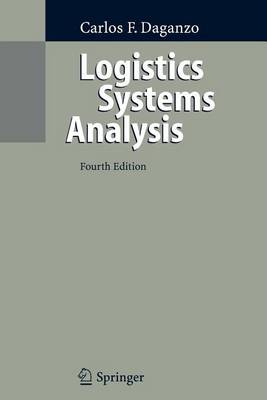Lecture Notes in Economics and Mathematical Systems
1 primary work • 2 total works
Book 526
This work was stimulated by a comment made by a former student (Prof. Alan Erera of Georgia Tech) in connection with an inventory stabil ity game he was going to play in one of his logistics classes. This was the well-known "beer-game" that is often played in business schools to illus trate the "bullwhip" effect in supply chains. Al had said to me that he did not have to tell his students how to reorder replacement parts from the other members of the supply chain because he knew from experience that the order sizes the players would generate as the game progressed would become chaotic anyhow. Since I had not played the beer game, his asser tion was intriguing to me. Why would such an unstructured game always lead to the same undesirable effect? Did it have something to do with psy chology? What is it that players did to generate instabilities? I posed these to other people but could not get completely satisfactory an questions swers. Thus, the bullwhip mystery remained, at least in my mind. Since inventory chains are "conservative" systems analogous to a traffic stream, and since traffic flow models exhibit similar effects (the instability of automobile platoons and of certain numerical methods being two nota ble examples)' I suspected that traffic flow theory might shed some light on the puzzle.
Vol 361
This monograph, viewing logistics systems from an integrated standpoint, aims to describe, and also to demonstrate how to find, rational structures for logistics systems, including their operation and organization. The work departs from traditional operations research procedures in that it avoids detailed descriptions of problems or theiH solutions. For a typical problem, for example, the book demonstrates how to achieve reasonable solutions (described in terms of their properties) based on minimum information and avoiding detailed data handling and complex numerical analyses. The book also makes the point that detailed solutions can often be improved if preceded by the kind of exploratory analysis described here. This monograph on operations research and transportation is intended for researchers.

